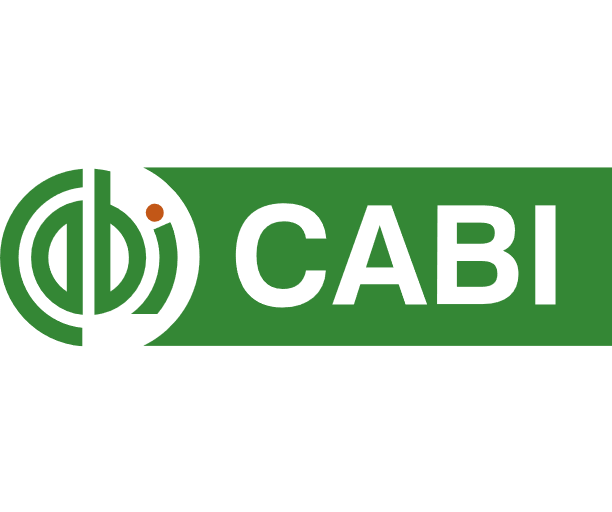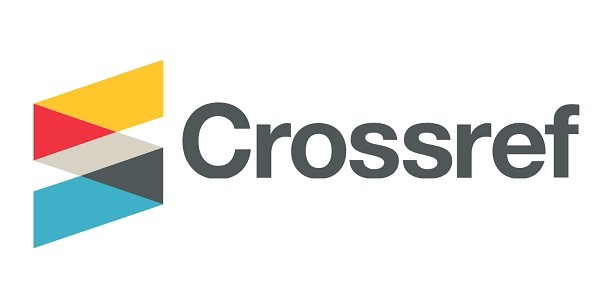In silico identification and characterization of potent laccase inhibitors against Cryptococcus neoformans: A multi-scale computational study
DOI:
https://doi.org/10.35495/Keywords:
C. neoformans, Ellagic acid, Laccase inhibitor, Molecular docking, ADMET, AntifungalAbstract
Cryptococcus neoformans is an opportunistic fungal pathogen, especially affecting individuals with weakened
immune systems. Laccase enzymes are pivotal in its pathogenicity, making them promising targets for therapeutic
intervention. This study aims to identify and characterize potent laccase inhibitors against C. neoformans using
advanced in-silico analysis. The laccase protein (UniProt ID: Q55P57) was retrieved via AlphaFold and validated
with ProCheck. Pharmacophore-based virtual screening (PBVS) identified 19 potential inhibitors, which were
docked using CB-Dock2. The top six compound’s pharmacokinetic properties were assessed using SwissADME,
PKCSM, and StopTox. Bioactivity was predicted via SwissTargetPrediction. Density Functional Theory (DFT)
calculations were conducted using Gauss view 5.0.8. The validated 3D structure of the target protein Q55P57
demonstrated high quality, with 86.5% of residues in favored regions. The molecular docking revealed that L-11
exhibited the highest binding affinity (-13.2 kcal/mol), forming crucial interactions within the active site. L-11
displayed favorable physicochemical properties, including high lipophilicity and good Caco2 permeability,
positioning it as a strong candidate for therapeutic development. Toxicity predictions indicated non-toxicity for
acute inhalation and oral exposure, while bioactivity analysis highlighted its broad target interactions. DFT
analysis demonstrated L-11's enhanced reactivity due to its high dipole moment and low HOMO-LUMO energy
gap. The identification of L-11 (8-[4-[9,9-Dimethyl-7-(2,3,4,5,6,7,8,9,10-nonahydroxypyren-1-yl)fluoren-2-
yl]phenyl]pyrene-1,2,3,4,5,6,7,9,10-nonol) as a potent inhibitor of C. neoformans laccase represents a novel
approach to antifungal drug discovery, marking a significant step to combat fungal infections and a way forward
to perform in-vitro and in-vivo studies and ultimately its clinical application.












